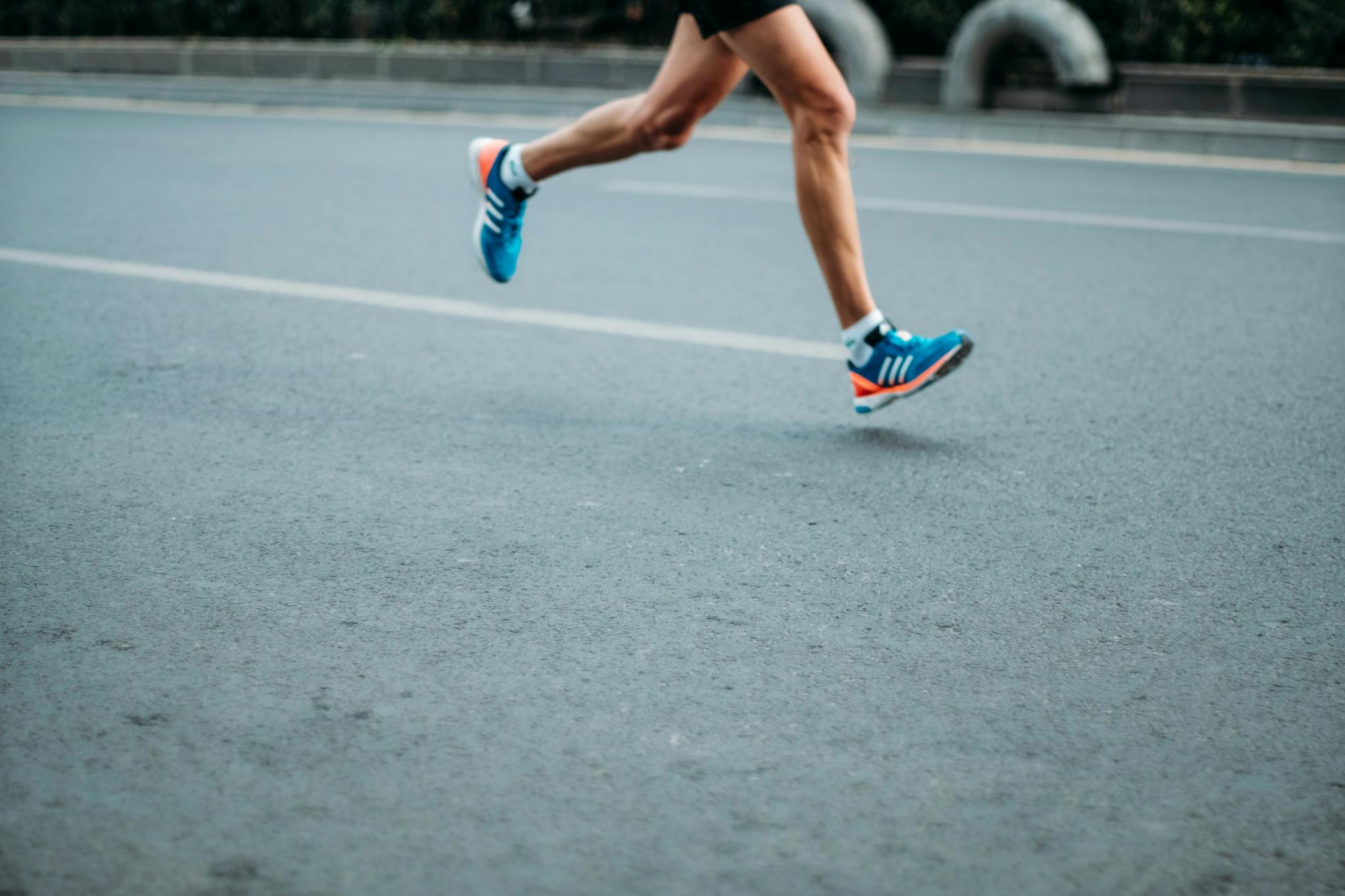
Common Running Injuries and How to Avoid Them
Sean Lake
almost 2 years ago
Running is one of the easiest sports to get into–all you need is a pair of shoes. There are also countless benefits from running that are both physical and mental. Running builds community and motivation and works the heart and your muscles. Like any sport, running does come with a set of injuries that most avid runners experience at least once. If you are new to running, you may be unfamiliar with how to avoid and treat these common injuries. Luckily, most common running injuries can be prevented and treated before they get too bad. Here are a few typical running injuries and how to prevent and treat them.
The Side Stitch
A side stitch technically isn’t an injury, but it doesn’t feel that way in the moment. Side stitches can be debilitating, especially if you are just starting out. A side stitch, which in the medical community is also referred to as an exercise-related transient abdominal pain (ERTAP), feels different for everyone, but generally is a sharp, stabbing pain or dull ache in the side. While highly trained athletes are less susceptible to side stitches, they are not immune, with 70% of runners reporting at least one a year. Common triggers include heavy meals and sugary drinks before exercise. One of the best ways to beat a side stitch is to walk it off. Breathe deeply and stretch it out. The more frequently you run, the less likely you are to experience them.
Side stitches are not well understood or researched, so there isn’t one clear-cut way to treat them, but many runners also report fewer side stitches when they are well hydrated.
Shin splints
Shin splints are pain along the shin bone, called the tibia. They are especially common in runners, or other athletes who run, especially after adding intensity. You may experience shin splints if you haven't ran in a while or you are adding sprints to your training routine. To get through the immediate pain of shin splints, rest with ice and ibuprofen. But to prevent them, you make want to:
•
Study and improve your running technique
•
Reduce intensity
•
Make sure your shoes are in running condition: much like a car, mileage matters. You should replace your shoes every 300 to 500 miles.
•
Cross-train with a low impact sport
•
Add strength training
•
Consider insoles and arch support
It is important to treat shin splints when they start so that they do not progress into stress fractures. If shin splints have been an ongoing problem, speak with your doctor or physical therapist.
Stress fractures
Stress fractures are tiny little fractures, or cracks, that occur in bones that have experienced repetitive force. They are usually a result of overuse. Stress fractures are common in the feet, ankles, and legs of runners. You will notice pain and swelling and tenderness in a specific spot. Once diagnosed, usually with an X-Ray, your doctor will probably have you wear a brace or boot and maybe even use crutches. Stress fractures usually occur when you add intensity before your bones are ready. Bones are meant to gradually adapt to handle more force and weight, which is why it is so important to build intensity over time and allow for periods of rest. The best things you can do to avoid stress fractures are:
•
Cross-train
•
Rest
•
Build intensity slowly
•
Wear properly fitting shoes
Plantar fasciitis
Have you ever experienced a stabbing pain in your heel while running or walking? You may be experiencing plantar fasciitis, or inflammation of the plantar fascia band that connects your heel to your toes. While its causes still are not fully understood, it is a common running injury and also often affects people who are overweight. For most people, the best treatment is keeping stress off the foot by avoiding high-impact activities such as running for a little while. Instead, do what feels easy, like light walking or jogging, and gradually increase intensity.
Runner’s knee
While a runner's knee isn’t exclusively a runner’s injury, it is common in the running community. It also isn’t one injury: runner’s knee refers to most knee pain due to overuse as the cartilage in the knee wears down. However, there are a variety of factors that contribute to the knee not working efficiently:
•
Foot problems that put stress on the knees
•
Unbalanced thigh muscles
•
Worn out cartilage
•
Poorly aligned bones
The power of rest
Most running injuries come down to two things: intensity and overuse. Pushing the body beyond what it is ready for or overusing your joints can lead our connective tissue to breakdown. This is why cross-training is so essential to running. Training other parts of the body redistributes some of the stress that could otherwise lead to overuse. We also can’t underestimate the importance of rest, especially when we are adding intensity. Periods of rest allow our muscles to heal so that they do not pull on connective tissue and cause pain.
Take care of your joints and connective tissue
As we age, our connective tissue (think tendons, ligaments, and cartilage) breaks down. Our tendons are more easily strained and our bones start to rub together when cushiony cartilage wears thin. One way we can slow down this wear is by adding collagen peptides to our diet. Our bodies naturally produce collagen from the amino acids we consume, but much like our connective tissue breaking down, our collagen production slows down with age. Studies have repeatedly found that collagen peptides, which are taken from natural animal tissues, are small enough for your body to actually use quickly. Collagen peptide supplements have been found to strengthen tendons and ligaments, give support to joints, and even help bone health.
Check out BUBS Naturals' line of collagen peptides which are Whole 30, Keto and NSF approved and perfect for most diets.